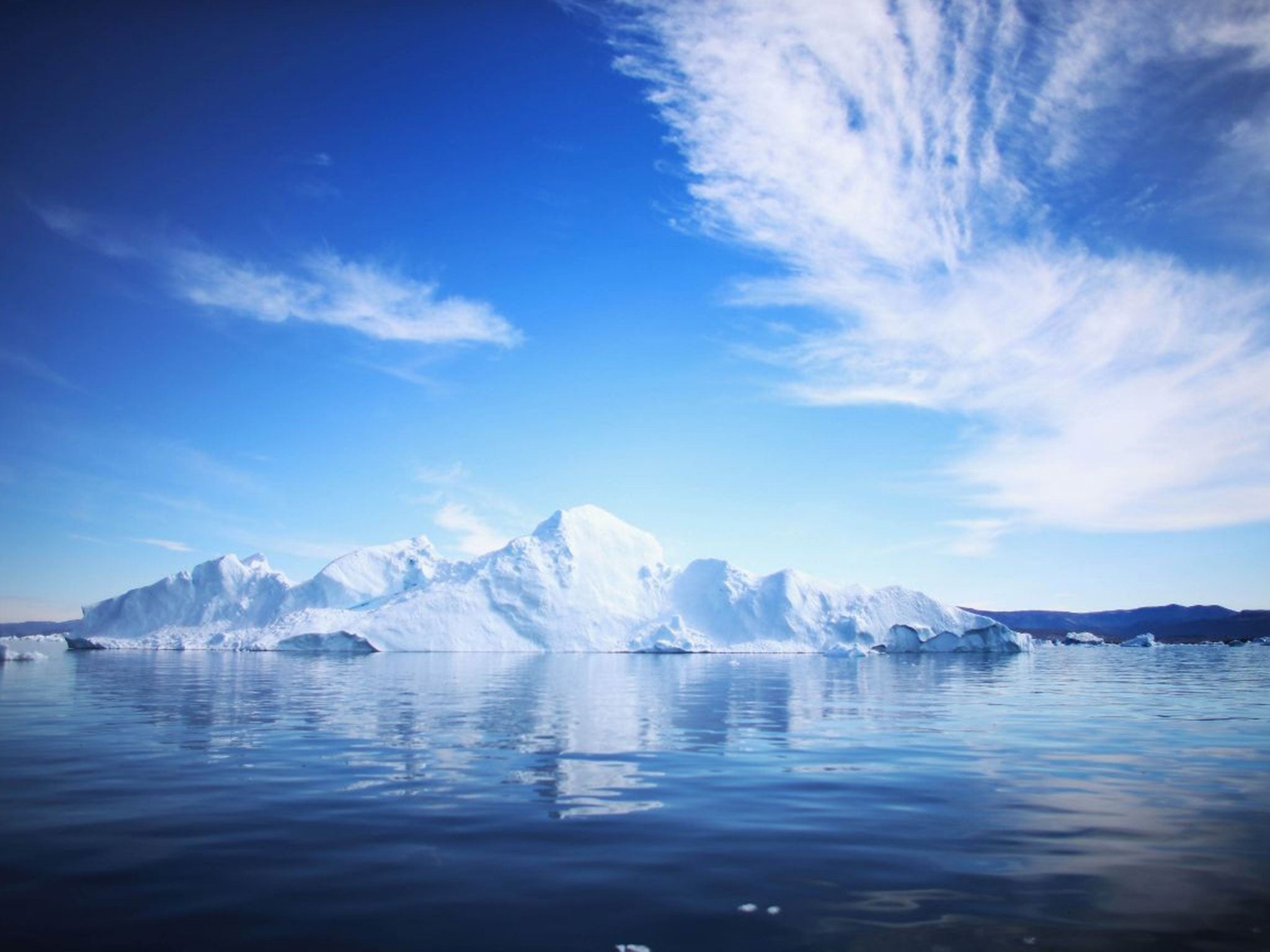An international study of the possibility of melting the two largest ice sheets in the world has revealed that they could contribute more than 40 cm to global sea level rise by 2100 – with catastrophic impacts.
The enormous ice sheets covering Antarctica and Greenland contain massive amounts of frozen water, which, if released into the oceans, would raise global sea levels by about 66 meters (220 feet) but even the partial melting of this ice due to a climate meltdown would greatly contribute to the rise sea level.
A team of more than 60 scientists from 36 institutions around the world predicted changes in the ice sheets in Greenland and Antarctica between 2015 and 2100 under the global warming conditions predicted by the latest climate models.
The team used 14 different models to estimate changes in ice cover under two different greenhouse gas emissions pathways: a pessimistic scenario, where there is no change in current trends, leading to a rapid increase in emissions; An optimistic scenario is that comprehensive steps are taken to reduce emissions.
The aim of the research was to estimate the amount of mass loss to the ice sheets that would contribute to the rise in average sea levels beyond what has already been implemented.
The study found that by the year 2100, the Greenland ice sheet would raise sea levels by 4 to 14 cm under the pessimistic scenario, but only 1.5 to 5 cm under the optimistic scenario.
For the Antarctic ice sheet, the results indicate a greater range of possibilities, from changing the ice sheet that reduces the sea level by 7.8 cm, to an increase of 30 cm under the pessimistic scenario, with an increase from 0 to 3 cm under the optimistic scenario.
The potential decrease in sea level is due to some models indicating that under certain conditions, the volume added to the Antarctic ice sheet due to snowfall could exceed what was lost through melting.
Professor Ralph Gref, an expert in ice sheet and glacier research at the University of Hokkaido, who was part of the team that has modeled the behavior of ice sheets, said: “It is difficult to predict the overall change from AIS (Antarctic Ice Sheet).
“Increasing ocean temperatures are eroding the bottom of large floating ice shelves, causing a loss, while AIS can also gain mass due to increased snowfall due to higher air temperatures.”
He added, “We are constantly improving our understanding of the ice sheets and their interaction with the Earth’s climate system. Modeling comparative studies such as [this] An effective tool to provide society with the necessary information, including uncertainties, to make rational decisions.
The research team whose work is published in the journal CryosphereAnd He said that the wide range of estimates of how much melting would occur reflected an imperfect knowledge of melting occurring at the bottom of ice shelves.
These huge floating areas of marginal ice in Greenland and Antarctica help form the ice sheet, keep it on land and prevent it from entering the sea and melting.
However, this ice is particularly vulnerable to warming oceans. If lost, new projections indicate that the ocean will rise “several meters” over the next 500 years.
The mean sea level has risen by about 23 cm since 1880 With about 8 cm in the last 25 years.
As sea levels rise at an increasing speed, even small changes can have large impacts on coastlines, potentially affecting millions of people and coastal habitats.

Communicator. Reader. Hipster-friendly introvert. General zombie specialist. Tv trailblazer

